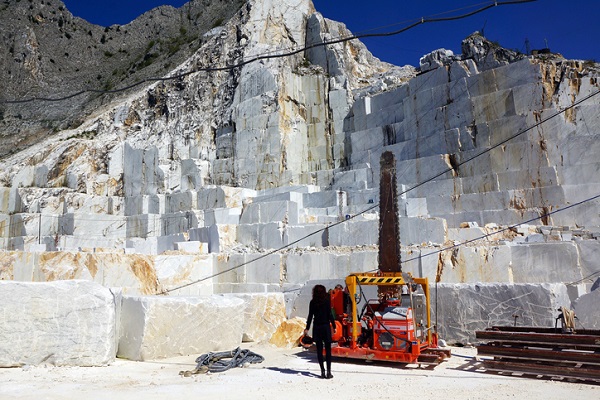Quarry fined $180,000 over silica dust exposure

The operator of a Montrose quarry, Boral Resources, has been convicted and fined $180,000 after workers were exposed to respirable crystalline silica.
Boral Resources was sentenced in the Melbourne Magistrates’ Court after pleading guilty to a single charge of failing to provide and maintain a safe system of work. The company was also ordered to pay $13,886 in costs.
WorkSafe director of health and safety Narelle Beer says the risks associated with crystalline silica and the available control measures were well known.
“There is simply no excuse for placing your workers at risk of developing deadly lung conditions such as silicosis,” Narelle says.
“This insidious and incurable disease does not discriminate and WorkSafe will not hesitate to take strong action against those failing to protect their workers, regardless of the industry.”
In September 2019, WorkSafe inspectors visiting the site observed potential exposure hazards from dust that was generated during processes including the blasting, crushing, mixing, screening and transferring of quarried rock.
An investigation found atmospheric monitoring conducted by Boral Resources confirmed that several workers had been exposed to levels of respirable crystalline silica that exceeded workplace exposure standards.
The court found it was reasonably practicable for the company to have reduced the risk of serious injury or death by requiring workers to wear respiratory protective equipment that was adequately fit-tested and by providing supervision to ensure workers did so.
Duty holders in the extractives industry are advised in several ways to help manage the risks associated with crystalline silica dust.
Duty holders are advised to consult with workers including any health and safety representatives to identify hazards and determine how to control risks as well as ensure any high-risk crystalline silica work (HRCSW) is identified, recorded and only performed in accordance with a hazard control statement that is up to date and reviewed when necessary.
They are also recommended to provide information, instruction and training to workers undertaking HRCSW on the associated health risks and the proper use of required control measures such as appropriate respiratory protective equipment.
Another option is to provide and maintain adequate airborne dust suppression and/or dust extraction ventilation systems and enclose dust-generating sections of plant and/or areas where people are working within purpose-built enclosures.
Minimising associated risks can also include ensuring work areas are cleaned regularly to prevent the build-up of dust on plant, equipment, working surfaces or the floor.
Other precautions include conducting atmospheric monitoring to ensure the concentration of respirable crystalline silica does not exceed the workplace exposure standard and provide test results to any at risk worker as soon as reasonably practicable.
Lastly, duty holders are advised to ensure the health of workers who may be impacted by exposure to crystalline silica is monitored by a registered medical practitioner and ensure the silica content of the quarried material is known and that this information is passed on to customers.
